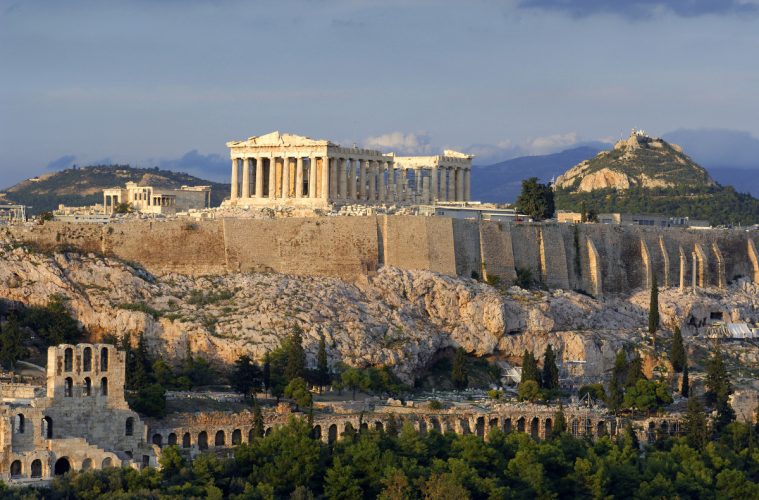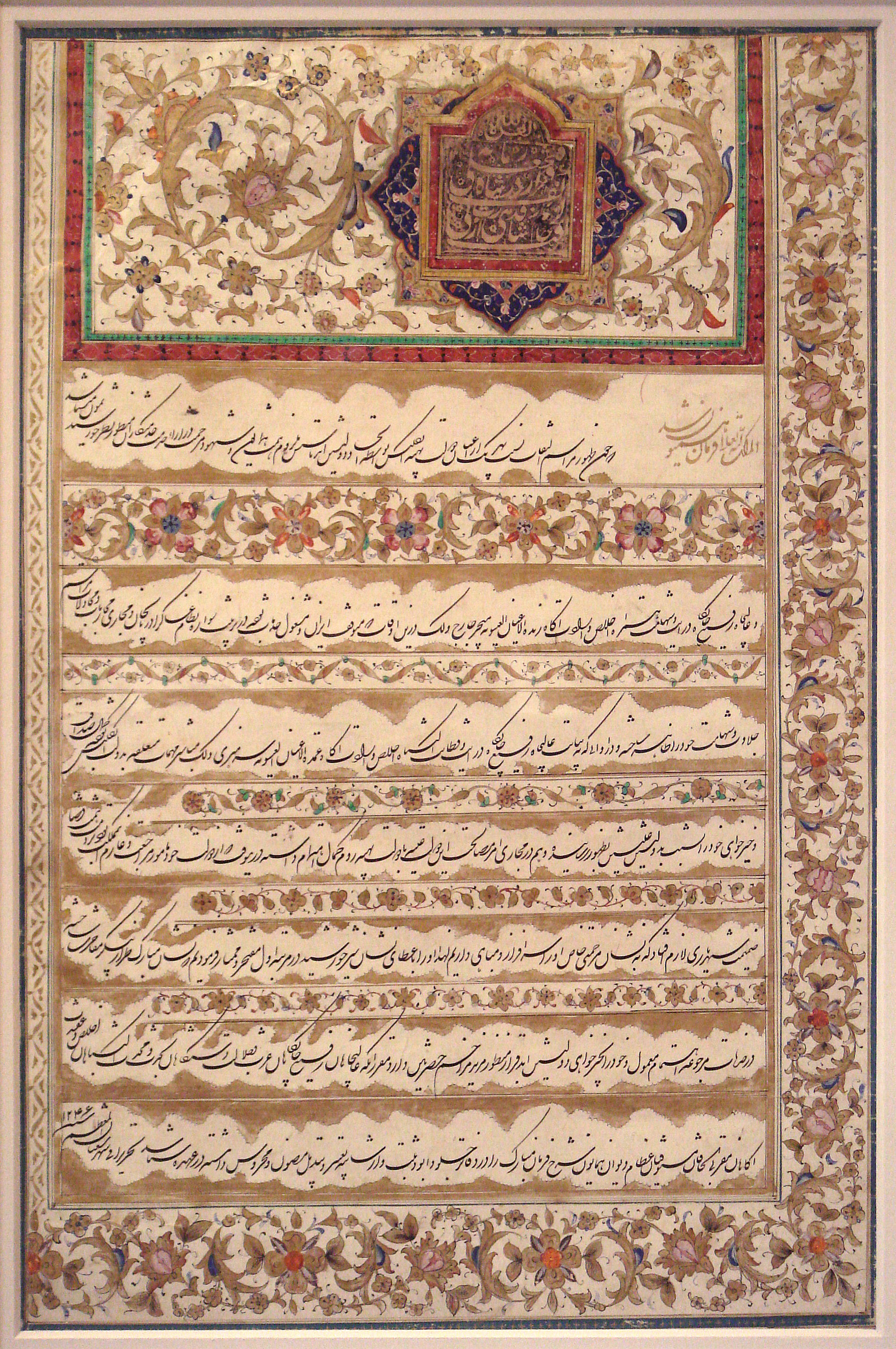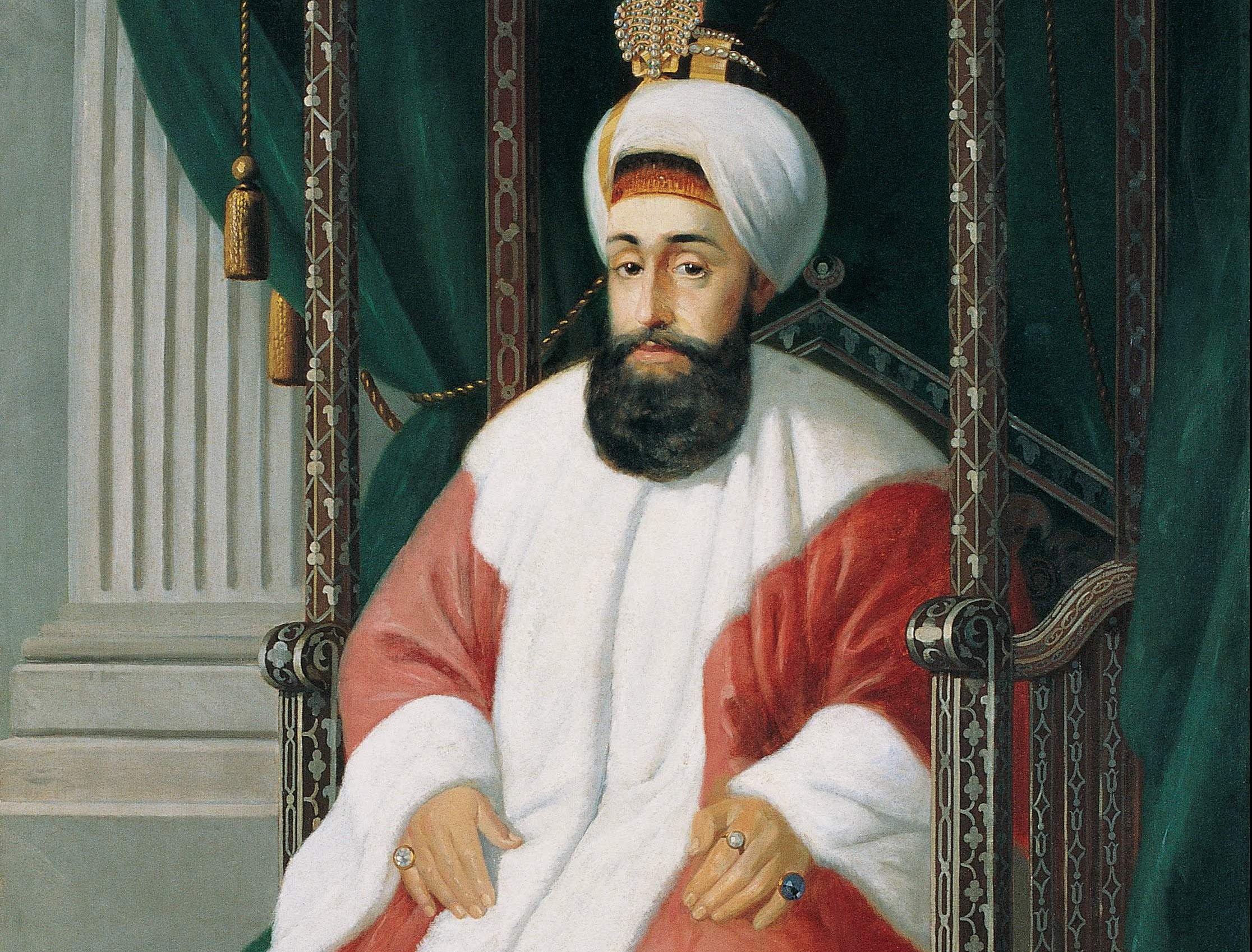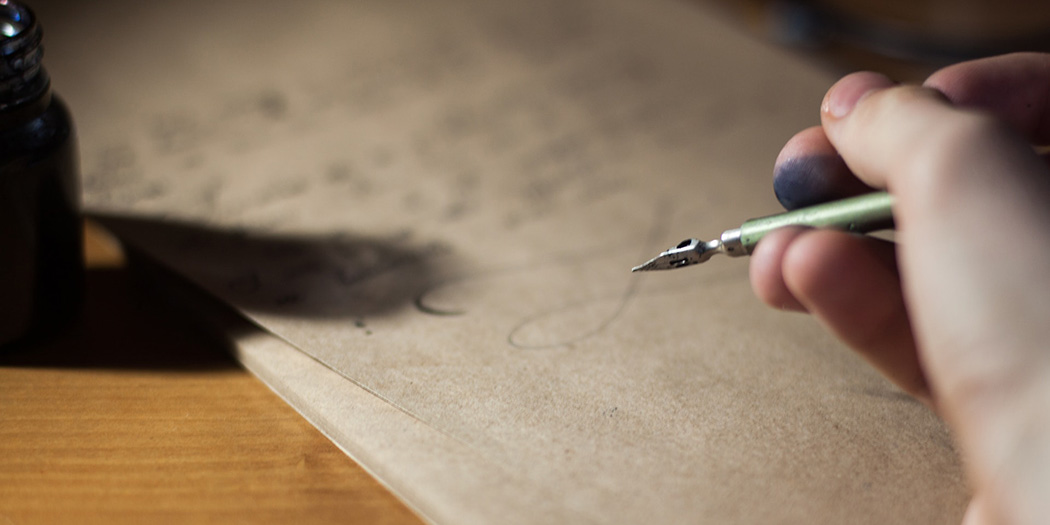
Access Denied

Once he reached Greece, Bruce wanted to see the Parthenon in person and went to check it out. But when he approached the Ottomans about it, he was denied entry. They demanded Bruce to obtain a firman from the Sultan. A firman was a royal decree, issued by the ruler in Islamic states. Bruce saw this as an opportunity to talk about the drawings as well.
The Firman

The Sultan granted Bruce a firman, allowing his artists to make sketches of the Parthenon’s sculptures but forbade the taking of any casts or sculptures outside the Parthenon. The sultan’s decision was solely inspired by the fact that there was a mosque built within the monument.
Renegotiate Conditions

A few months later, Bruce sensed that a Greek rebellion was inevitable considering the sensitive state of Europe, he was not sure how long this part of Greece will be under the Sultan’s rule. As a result, he decided to renegotiate the terms of the firman.
New Terms

By the year 1801, which was a year after he became the British ambassador, Bruce succeeded in getting permission from the Sultan to not only cast the sculptures but also to take away any number of intriguing blocks of stone with old inscriptions and figures on them.
Shipment To Britain

The stealing of the Parthenon marbles commenced immediately. Bruce’s workers stripped the monument of over 60% of its sculptures within months and by the end of the year, they began packing them up and exporting the boxes back to Britain.
The Massive Loot

The sculptures which were obtained from Greece included around fourteen figures from the East and West pediments, fifteen metopes from the monument’s south quarter and fifty-six of the surviving ninety-seven blocks of the Parthenon frieze.
